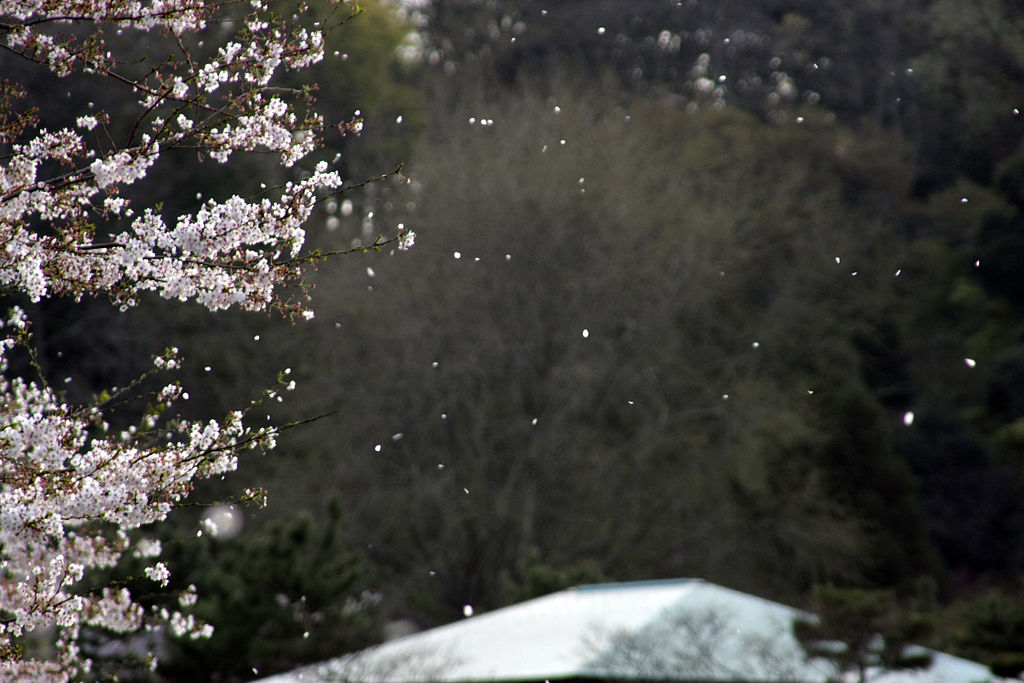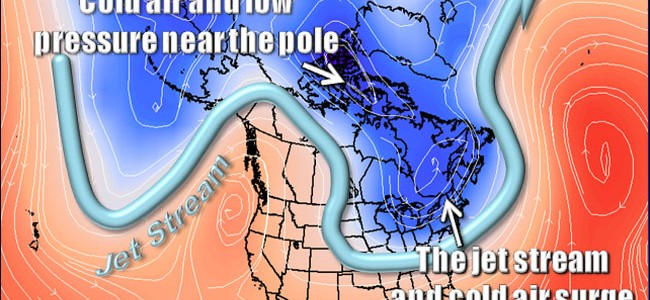Climate science
-

Today, the U.S. Global Change Research Program (USGCRP) is announcing the availability of all chapters of the Fifth National Climate Assessment (NCA5) in Spanish. This marks the first time that the entire National Climate Assessment has been translated into Spanish, greatly broadening the reach and accessibility of the U.S. government’s premier resource for communicating climate change risks, impacts, and…
-

One of the factors used in predicting the number of tropical storms and hurricanes we expect in the Atlantic Ocean is the temperature of the ocean, since tropical activity generally only starts when the sea surface is at least 80 F. That is the temperature needed to help tropical waves develop the vertical circulation needed…
-

You may have noticed in the news some recent stories about incredibly fast crossings of the Atlantic Ocean by passenger planes, such as this story from Business Insider. In addition to the speed of the airplane itself, the air that it was traveling in was moving at close to 200 miles per hour, one of…
-

Do you ever wonder how fast the wind is blowing when you are outside? If you don’t have an anemometer to measure the wind speed directly, you may be able to use visual cues to estimate how fast the air is moving by watching the movement of trees or the appearance of waves on a…
-

Even though a lot of the Southeast has not seen any snow this year, northern areas as well as some higher-elevation locations have seen snow. And of course it’s too early to count out more snow this year, since the Southeast can get snowstorms well into March. Here is a recent story from EarthSky that…
Posted in: Climate science -

According to NOAA’s new Polar Vortex blog, after a brief respite, the stratospheric polar vortex is expected to weaken again with potentially another major sudden stratospheric warming forecast to occur in the next week. But didn’t we just have a sudden stratospheric warming event?? Their blog post discusses how this new weakening of the polar vortex…
Posted in: Climate science -

Weather can change rapidly from one set of conditions to another after the passage of a strong front or other event. We can also see relatively rapid changes of weather patterns at times leading to very quick changes in the local temperature, wind, and humidity. On longer time scales, a drought can end quickly if…